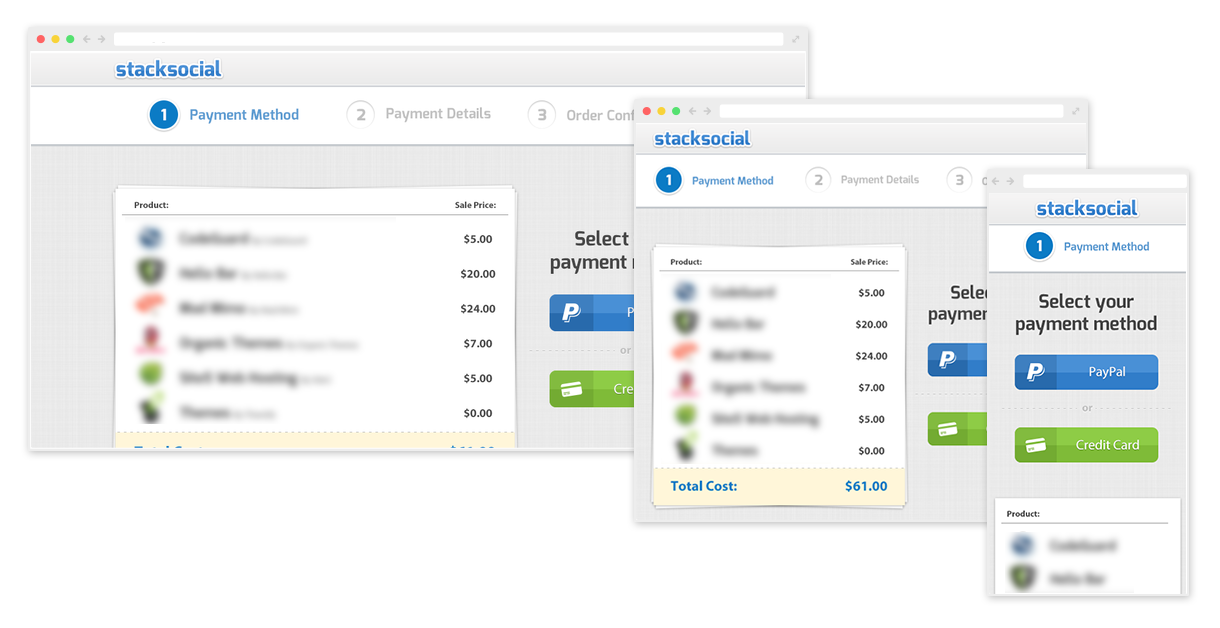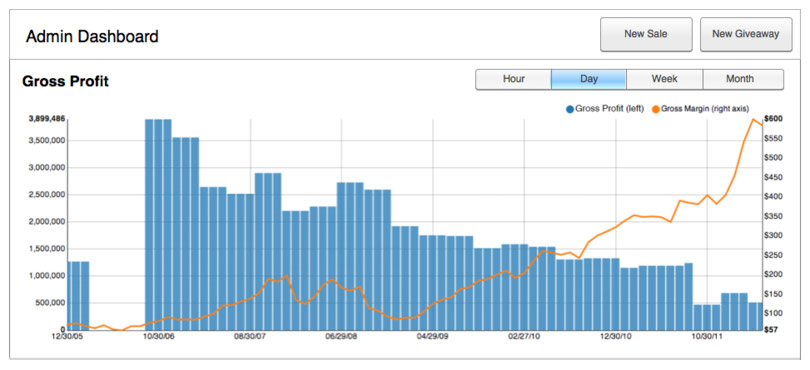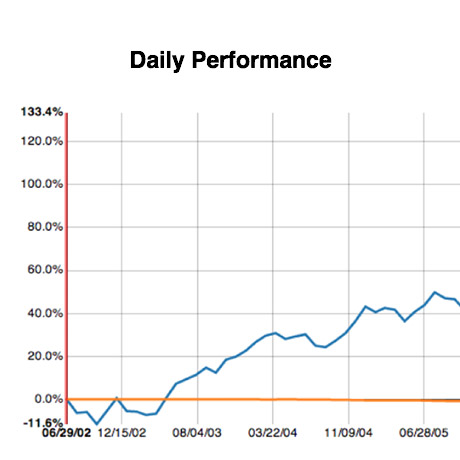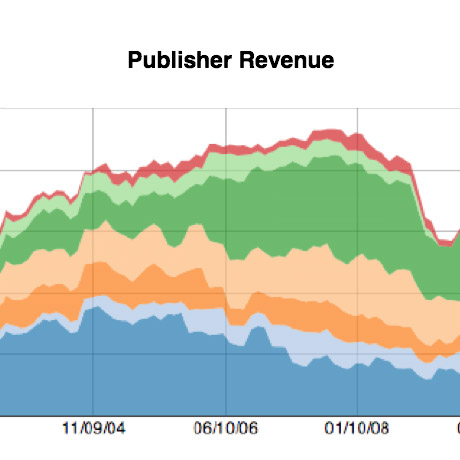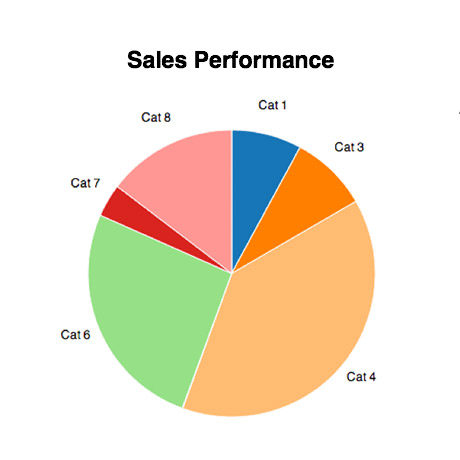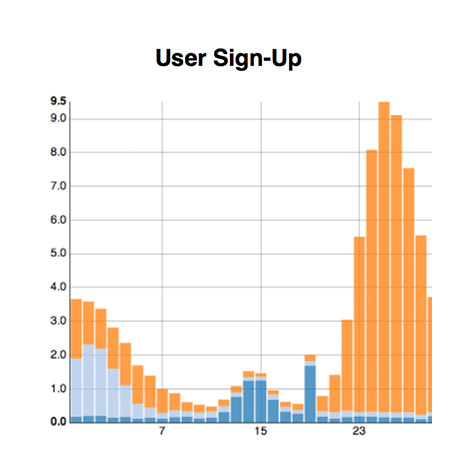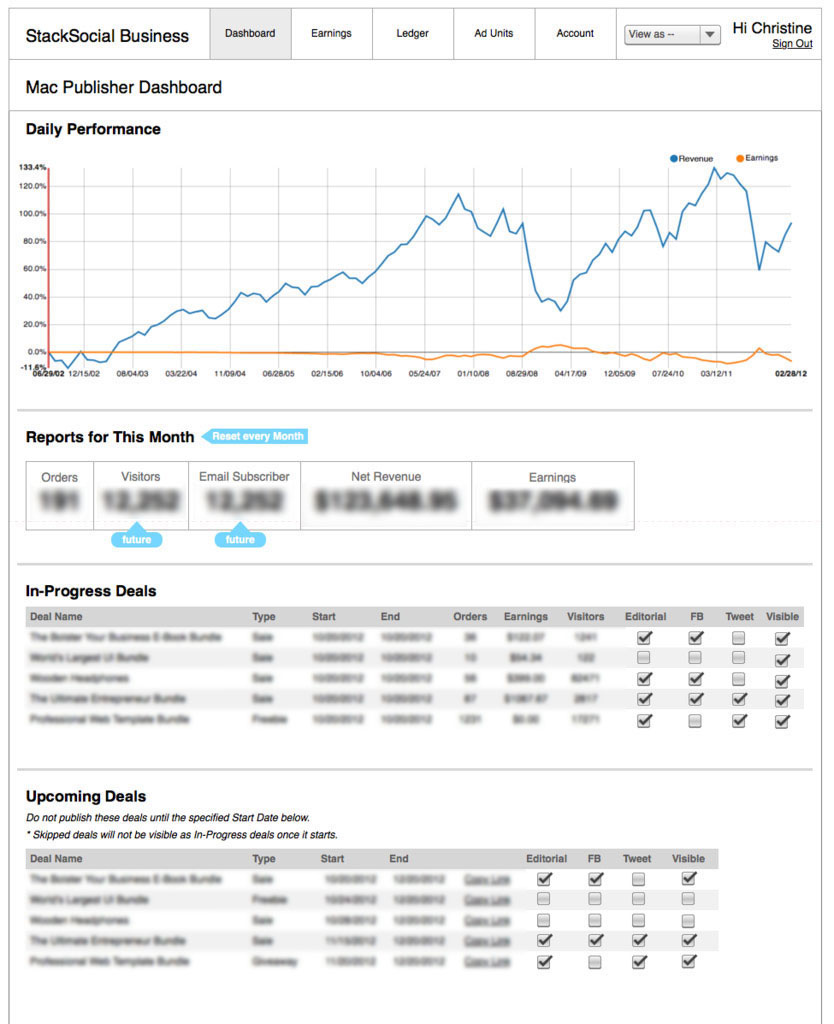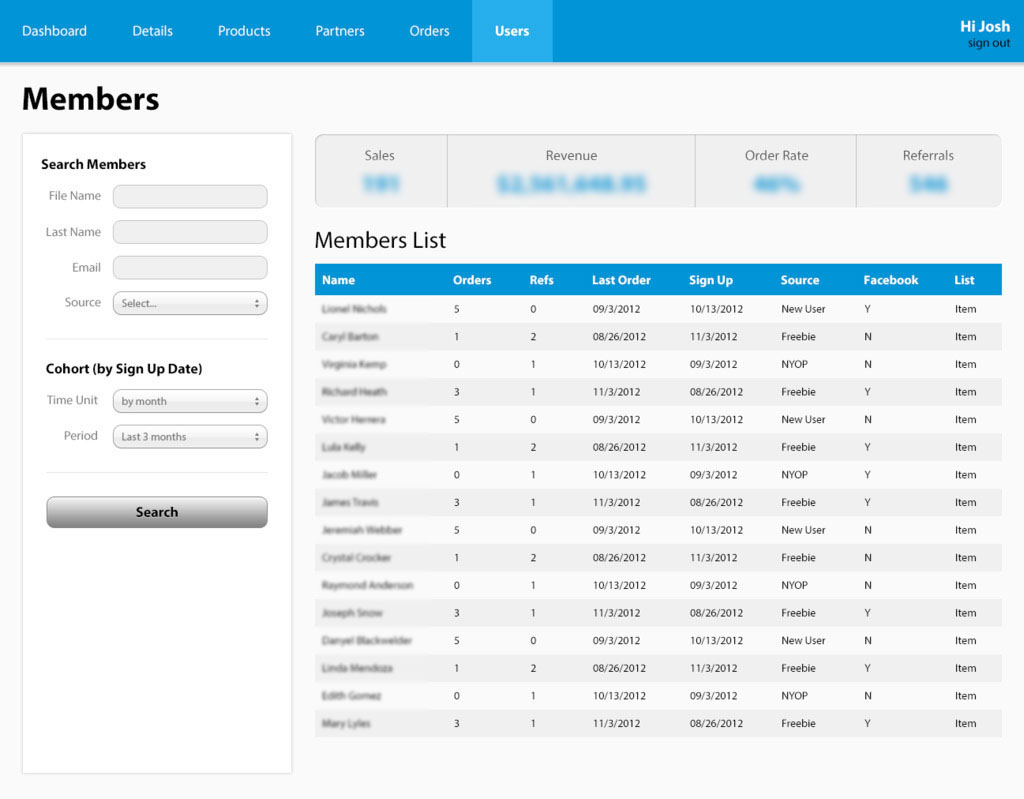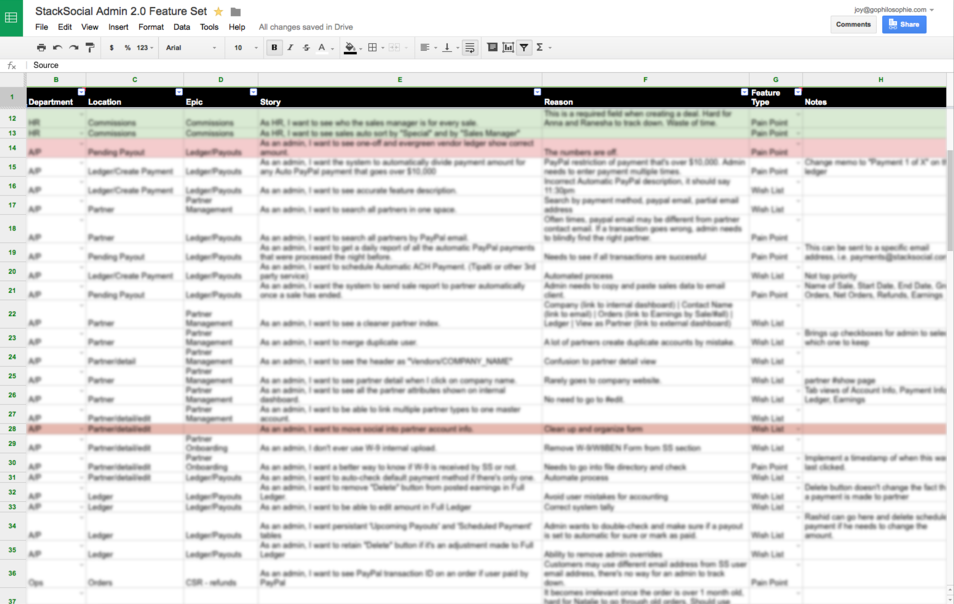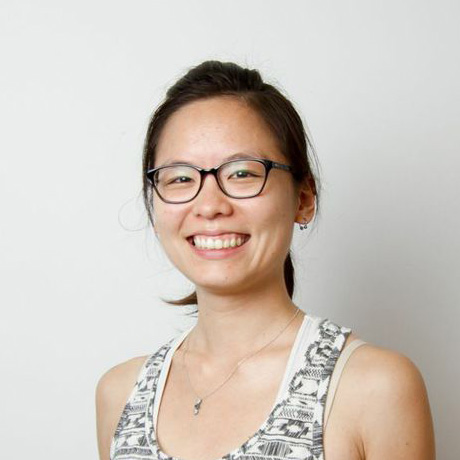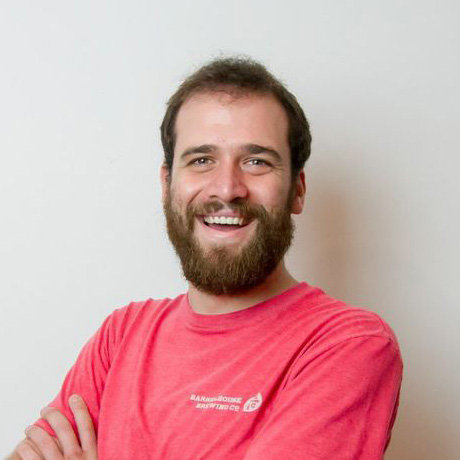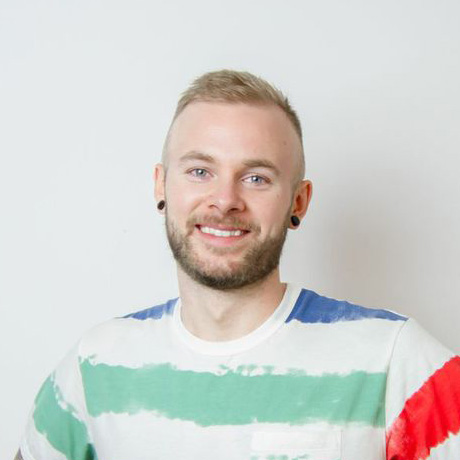Responsive Redesign
StackSocial first came to us for their first major redesign. They wanted the site to work well across all devices, so making the site responsive was a top priority. In addition, they provided key performance indicators for the new design that were easy to measure: decrease bounce rate, increase time on the site, and increase revenue.
Jordan Keating, UI Designer at Philosophie, worked closely with Stack’s founder, Josh Payne, to bring his vision of the site to life. We presented designs in both mobile, tablet and desktop breakpoints. The new design added more visual interest through the use of textures, and extended the brand concept by introducing “stacks” as a visual element. The “stacks” also served to convey the bundled software packages that StackSocial is known for. The layout was also modified to promote shareability.
